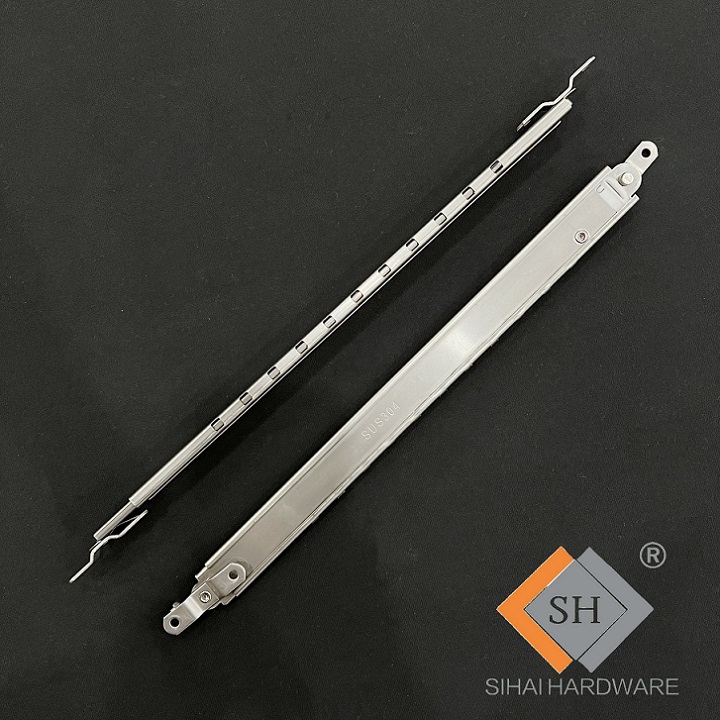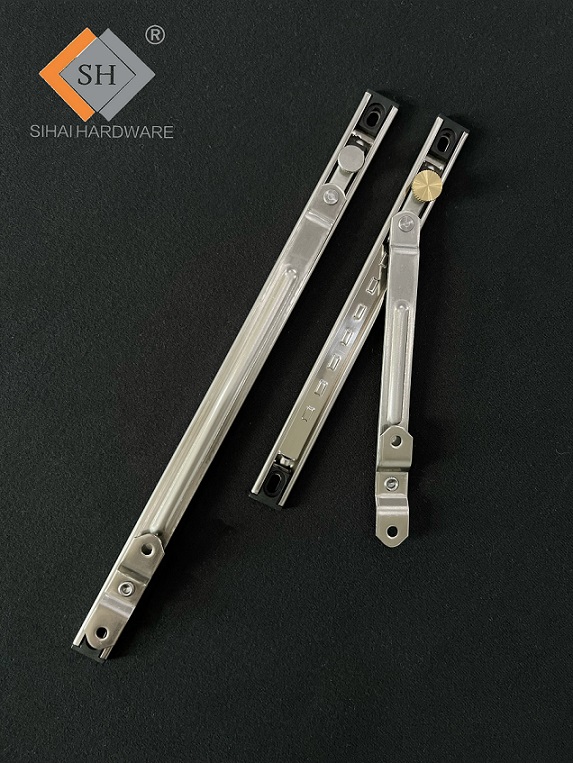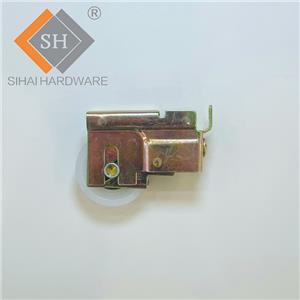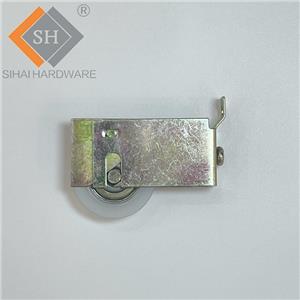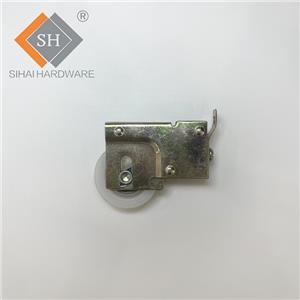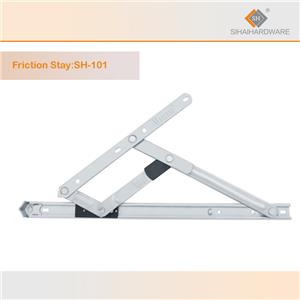ARTICLE NO.99|Innovations in Materials: The Shift to Lightweight Alloys for Window Friction Stay Hinges
ARTICLE NO.99|Innovations in Materials: The Shift to Lightweight Alloys for Window Friction Stay Hinges
In the evolving landscape of **window and door hardware**, the demand for enhanced performance, durability, and efficiency has driven significant advancements in materials science. One of the most notable trends is the shift to lightweight alloys for **window friction stay hinges**. This article explores how these innovations are leading to the development of lighter, stronger alloys, significantly improving the performance of **window hinges** and associated hardware, including **window corner brackets**.
The Importance of Material Selection
Selecting the right materials for **window friction stay hinges** is critical for ensuring functionality and longevity. Traditional materials, while effective, often come with limitations in weight, strength, and resistance to environmental factors. The introduction of lightweight alloys addresses these challenges, providing solutions that enhance both the performance and aesthetic appeal of aluminum windows.
Advancements in Lightweight Alloys
Recent advancements in materials science have led to the development of new lightweight alloys specifically designed for **window hinges**. These alloys combine strength and lightness, allowing manufacturers to produce **window friction stay hinges** that are not only easier to handle but also capable of supporting heavier window loads without compromising safety or performance.
1. **Aluminum-Lithium Alloys**
One of the most promising innovations is the use of aluminum-lithium alloys. These materials offer significant weight savings compared to traditional aluminum without sacrificing strength. The incorporation of lithium reduces the density of the alloy, making it an ideal choice for **window friction stay hinges** that need to perform under various conditions.
2. **Magnesium Alloys**
Magnesium alloys are another excellent option for **window hinges**. Known for their lightweight properties, magnesium alloys are highly resistant to corrosion and can endure harsh environmental conditions. This makes them particularly advantageous for **window and door hardware**, ensuring longevity and reduced maintenance requirements.
3. **Titanium Alloys**
Although more expensive, titanium alloys are gaining attention for their exceptional strength-to-weight ratio. The high strength of titanium allows for the design of slimmer **window friction stay hinges**, which can enhance the overall aesthetics of aluminum windows while maintaining structural integrity.
Benefits of Lightweight Alloys in Window Hardware
The shift to lightweight alloys in **window friction stay hinges** offers several key benefits:
1. **Improved Efficiency**
Lighter alloys reduce the overall weight of **window and door hardware**, making installation easier and more efficient. This is especially important in large-scale construction projects where time and labor costs are critical.
2. **Enhanced Performance**
Advanced alloys provide improved resistance to deformation and fatigue, ensuring that **window hinges** can withstand repeated use over time. This leads to longer-lasting performance and reduced need for replacements.
3. **Increased Design Flexibility**
The use of lightweight alloys allows for more innovative designs in **window corner brackets** and other hardware. Manufacturers can create more streamlined, aesthetically pleasing products that enhance the overall appearance of aluminum windows.
4. **Environmental Benefits**
Lighter materials can contribute to energy efficiency in buildings. By reducing the weight of **window and door hardware**, overall structural requirements may be decreased, leading to less material usage and lower carbon footprints in construction projects.
Conclusion
The shift to lightweight alloys in the production of **window friction stay hinges** represents a significant advancement in the field of **window and door hardware**. As materials science continues to evolve, these innovations will likely lead to even more efficient, durable, and aesthetically pleasing solutions for aluminum windows. By embracing these advancements, manufacturers can enhance the performance of **window hinges** and **window corner brackets**, ultimately benefiting both builders and end-users alike.
As the industry moves forward, the focus on lightweight materials will be crucial in meeting the demands of modern architecture and sustainability goals, setting a new standard for **window and door hardware** in the years to come.

